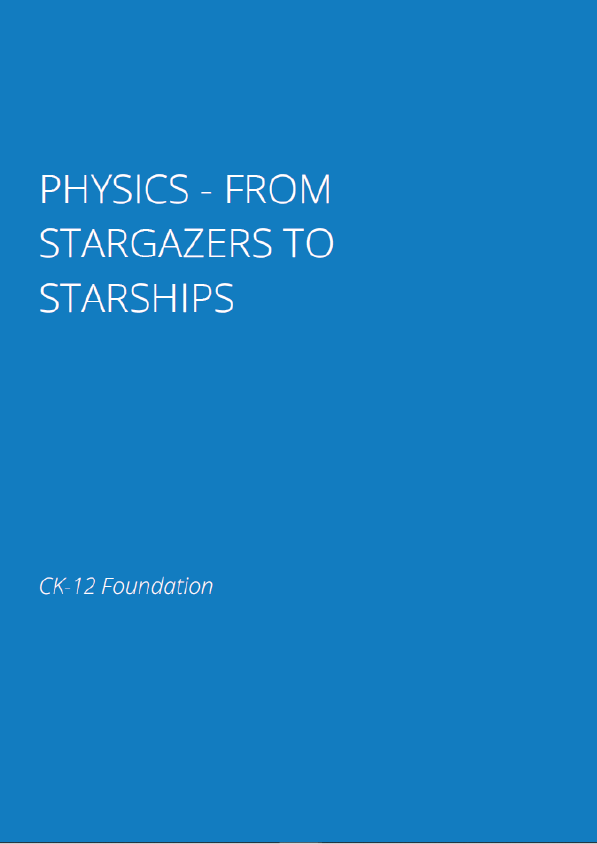Early stargazers — especially the priests of Egypt and Babylon, semi-desert countries where skies are rarely clouded — were fascinated by the star-studded canopy which seemed to arch overhead, and by the daily cycle of the Sun, which seemed supernatural, beyond understanding. The ancient author of Psalm 19 wrote:
The heavens declare the glory of God,
And the firmament showeth His handiwork;
Day unto day uttereth speech,
And night unto night revealeth knowledge;
There is no speech, there are no words,
Neither is their voice heard.
Their line is gone out through all the earth,
And their words to the end of the world.
In them He has set a tent for the Sun,
Which is like a bridegroom coming out of his chamber;
And rejoiceth as a strong man to run his course.
His going forth is from the end of the heaven,
And his circuit unto the ends of it;
And there is nothing hid from the heat thereof.
East, West, South, and North
Imagine you were one of the early Babylonian skywatchers! You live on a plain, and as far as you can see, the world around you is absolutely flat (only careful observations of the surface of the ocean suggest anything different — See the chapter “The Round Earth and Columbus”. Your view is limited by the horizon, an imaginary line all around you at a distance of a few miles, or whatever units Babylonians used.
Observing day after day, you note that the Sun always rises from roughly the same direction, which you name east. It sets in the opposite direction, and that will be west. In between the Sun rises in a long arc, and is furthest from the horizon halfway between its rising and setting, in a direction you call south. Finally, the direction opposite south will be north.
When the Sun is near the horizon, shortly after sunrise or before sunset, a vertical pole or post casts a long shadow. At the highest point in the Sun’s motion, when it is in the south, the shadow is at its shortest. The time when this happens is halfway between sunrise and sunset, and we call it noon or maybe “noon by the Sun,” because “noon by the clock” may differ. After noon shadows again grow longer, as the Sun descends towards the horizon.
Because the shadow always points away from the Sun:
- At sunrise, with the Sun in the east, it points to the west.
- At noon, with the Sun in the south, it points north.
- At sunset, with the Sun in the west, it points to the east.
That is the principle of the sundial, discussed in the chapter “Making a Sundial”.











